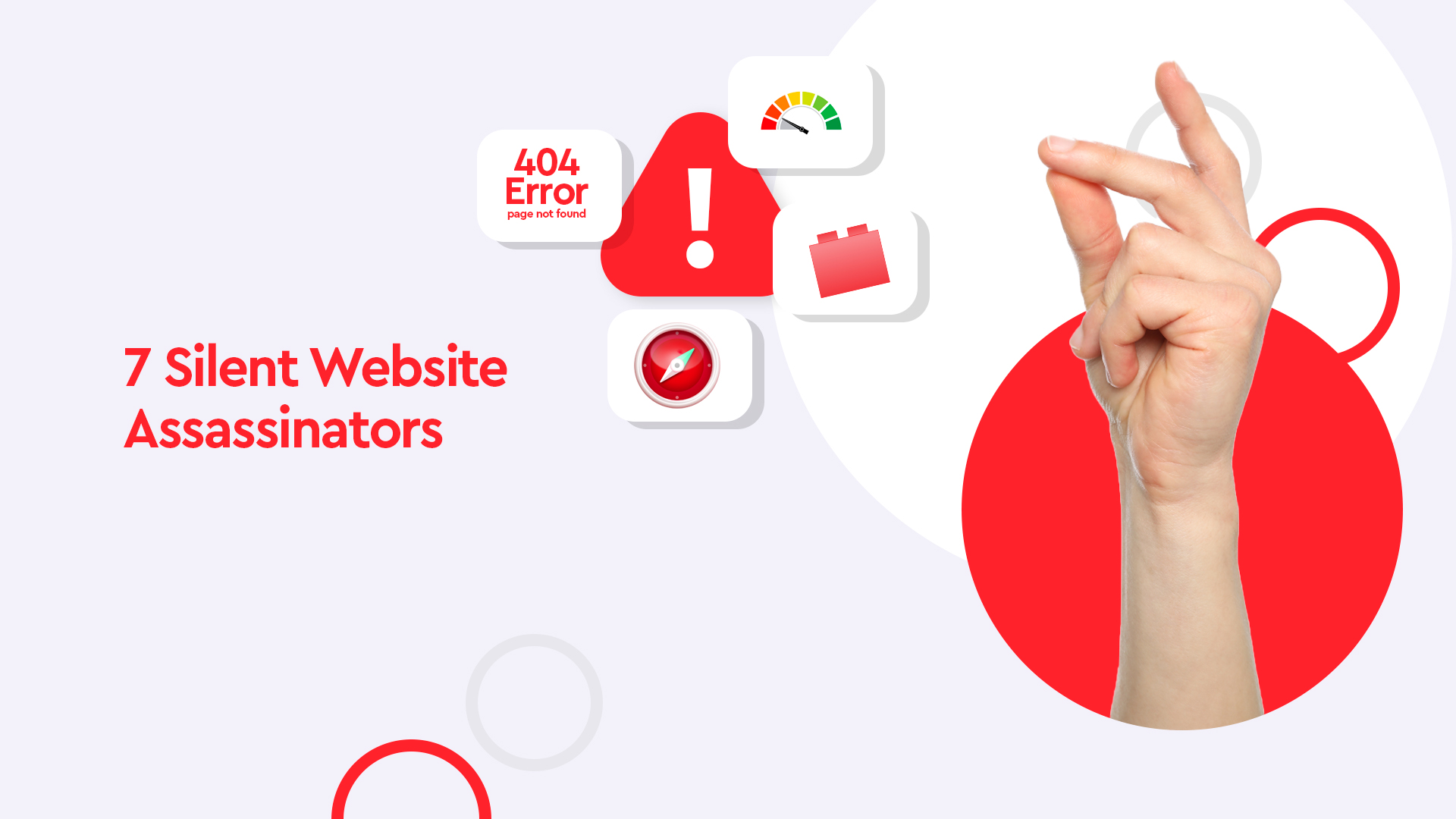Like most things in life, the web industry is constantly changing on the lookout for permanent and better solutions. Companies respond with a chase of innovation, spending fortunes on improving users’ web experience and maintaining different platforms, often facing fierce limitations.
Is the future Progressive?
While responsive sites are all modern and attractive, the engineering side of things hasn’t absorbed the needs of mobile devices. Most teams still build products for desktops and then try to force-fit them into a phone with no regard for the limitations of the device, which means that the user experience ends up in shackles by a pile of misguided technical decisions.
Luckily for us, Google, the most used search engine and the official gatekeeper of the web has taken notice of this problem and is throwing a spotlight on one of the most valuable frameworks we’ve seen in the last few years: Progressive Web Apps (PWAs). This is encouraging developers all over the world to build products taking phones as priority devices.
PWA not only helps get better engagement metrics, as users unquestionably prefer faster products but paves the way to the future of the web.
Why Progressive Web Apps Are the Future?
Progressive web apps are a crossbreed of a regular web page and a mobile application. Long answer short, they are web applications that behave and feel like native mobile apps. They offer push notifications, fast load time, and bring user experience to cross-platform web applications.
Google is placing some pretty irresistible grounds in front of us. In addition to prioritizing fast mobile-friendly sites in its search results, if you have a PWA, Google will prompt users to install your web app to its home screen. This is amazing from an engagement standpoint and the sheer utility purpose.

At HOD, we’ve been supporting PWAs since last year because we honestly believe they help companies focus on building fairly great websites. Whether you’re wondering if it’s the right fit for your business or you just want to learn more about why everyone is talking about this topic (after Squid Game, of course), here are the four main reasons why you need to make this shift.
1. High-quality products
One of the things we’ve observed repeatedly is that focusing relentlessly on quality can help you deliver some pretty rewarding results. See some amazing case studies for big and small companies on PWA – PWAStats
2. Performance engages users
Users tend to be extremely impatient and demanding when on their phones (especially when they are out and about rather than chilling in their living room). This is particularly important in industries where competition is brutal where people can change their minds halfway through a loading process and click on some other link instead. The unbeatable advantage of PWA is its speed, which is one of the most contributing aspects of user engagement on mobile.
“Make your product faster to recover a huge chunk of users that you could otherwise lose”
Below are a few of marvelous Progressive Web App Statistics of 2021:
- PWAs cost 33% less to maintain
- PWA has 36% greater conversion rates than native apps
- Progressive web apps record 50% higher user engagement
- Businesses shifting to PWAs experienced a decrease in page loading speed of up to 10 times
- The average bounce rate is just 42.86%
“It’s an exciting time to be on the web platform”
3. Easy conversion
For starters, most users are reluctant to download apps, especially because it takes up a ton of valuable storage space. What’s worse, installing an app usually takes half a dozen clicks (and sometimes even a password), which is a sizable time investment for a product that might probably end up sitting unused somewhere on the home screen.
PWA vs native app: The differences in the installation process
This is the process of installing native apps:
- Access the Store (App Store or Play Store)
- Search for the app
- Click on “Install”
- Acceptance of the various authorizations
- Opening and launching the app
- Use of the app
In the comparison, the PWA installation involves:
- Visit the site
- Add to the device home screen (optional)
- Opening of the app
- Use of the app
PWA also awards you some extra features, like offline support and notifications.
4. One for all
You can have a single product that supports phones, tablets, desktops, and laptops. As it’s a single codebase with no front end, you can have feature equality for all platforms.
PWAs are powerful and up-shooting businesses for Forbes, Flipkart, Uber, Bookmyshow, Alibaba, Housing.com, and, yes, even Twitter.
What should my next steps be?
While every PWA provider has its value proposition, different PWA solutions use different architectures, which may be crucial when choosing a solution for your business: we recommend booking a free consultation and learning which solution works best for you.




